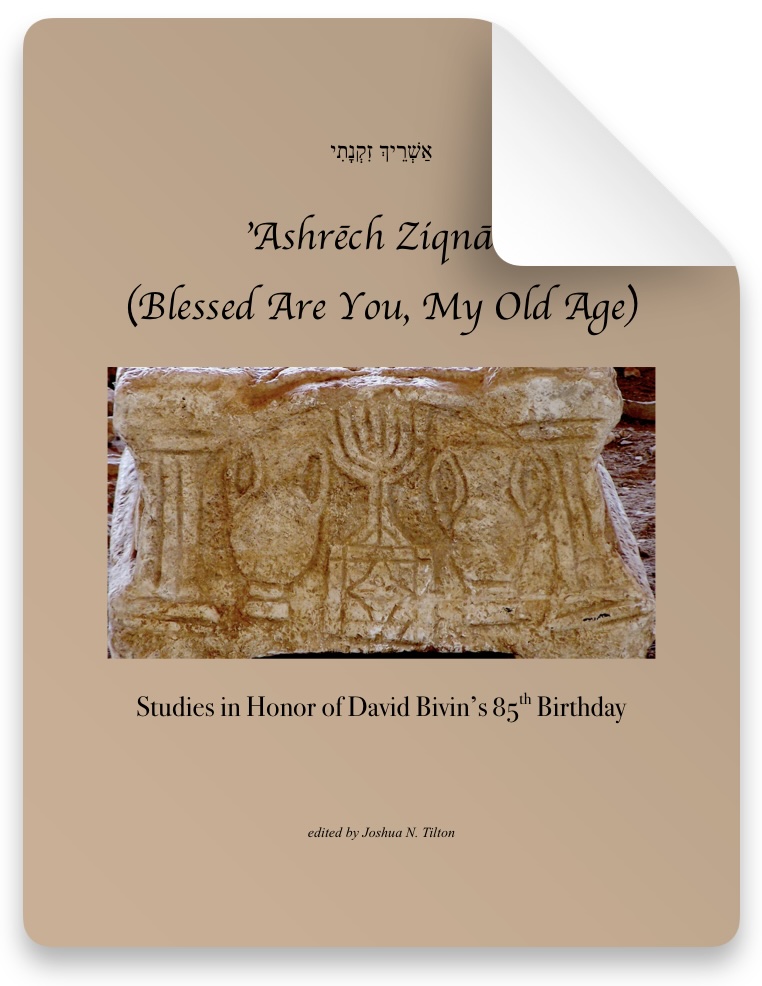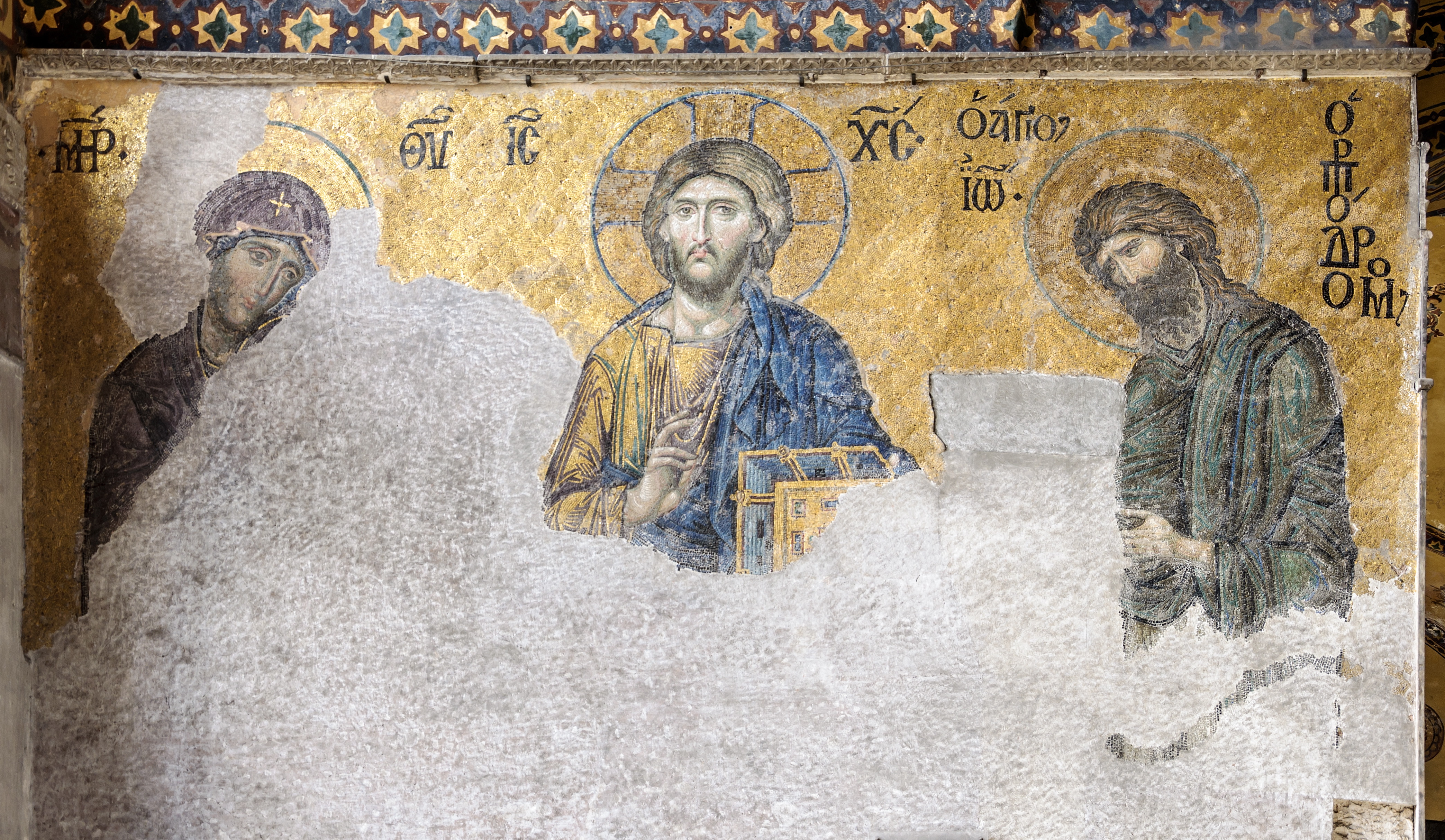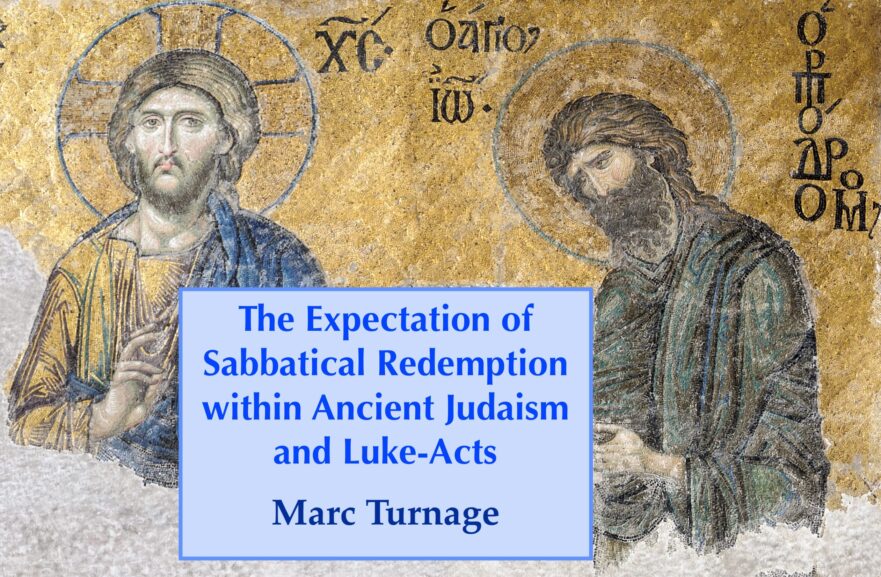How to cite this article: Marc Turnage, “The Expectation of Sabbatical Redemption within Ancient Judaism and Luke-Acts,” Jerusalem Perspective (2024) [https://www.jerusalemperspective.com/28733/].
This article belongs to the collection Ashrech Ziqnati (Blessed Are You, My Old Age): Studies in Honor of David Bivin’s 85th Birthday.

In contrast to the other Synoptic Evangelists, Luke preserved Jesus’ unique attachment to Jerusalem and its Temple (Luke 13:34-35; 19:41-44; 21:28; 23:27-31). His second volume, Acts, continued the connection between Jesus’ movement to Jerusalem and the Temple, including Paul. In Luke, Jesus predicted the coming destruction of Jerusalem and lamented it (Luke 13:34-35; 19:41-44; 21:20-36; 23:27-31), yet only in Luke does Jesus promise the restoration and redemption of Jerusalem and the Jewish people (Luke 21:20-36; Acts 1:6-8).[1] Luke alone of the Gospel writers tied Jesus and his movement to the Jewish national redemptive hopes by retaining the language of redemption (ἁπολύτρωσις [apolūtrōsis, “release”] and λύτρωσις [lūtrōsis, “redemption”];[2] Luke 1:68; 2:38; 21:28; 24:21; see also Luke 2:25).[3] The other Gospel writers severed Jesus’ connection with Jerusalem, its Temple, and the Jewish people.[4] The strong ties of Jesus and his movement to Jerusalem, its Temple, and Jewish national redemptive hopes in Luke-Acts suggests Luke wrote his work prior to the destruction of the Jerusalem and the Temple by the Romans in 70 C.E., when these sentiments were at their highest and not only among the Jewish rebels (see J.W. 4:314-325; Mekhilta de-Rabbi Ishmael on Exod. 20:21-23).[5] The absence of the language of redemption within the other Gospels, as well as the separation of Jesus and his movement from Jerusalem and the hopes of its redemption, reflect a post-destruction reality, which highlights Luke’s uniqueness, and strengthens our suggestion of the pre-destruction composition of his works. The evangelists, however, could not sanitize their biographies entirely from Jewish hopes of redemption due to the prevalence of the phrase “kingdom of Heaven/God” within their sources,[6] which, within its earliest formulations, connected the redemption of Israel with the reign of Israel’s God.[7]
Luke’s unique preservation of the connection between the earliest traditions of Jesus and his movement to the redemption of Israel enables us to see another exceptional feature of Luke-Acts pertaining to speculation of the timing of redemption within ancient Judaism. Some anticipated God’s redemption would occur within the sabbatical year.[8] The widespread distribution of this expectation across Jewish literature indicates its prominence within Jewish speculation concerning the eschatological end. Jews searched the Scriptures to ascertain the exact date of the coming redemption. Daniel 9:24-27 provided the central scriptural passage for sabbatical redemption; in fact, this idea likely originated with the author of Daniel 9.[9] The idea of sabbatical redemption penetrated into Luke-Acts in two primary ways: 1) Dates Luke assigned to the birth of Jesus and the beginning of the ministry of John the Baptizer, and 2) the language of sabbatical/Jubilee redemption which frames the mission of John (Luke 3:3; see also Mark 1:4), Jesus’ mission (Luke 4:18), Luke’s version of Jesus’ commission to his disciples (24:47), and the mission of his movement in Acts, especially in the first half of the book (2:38; 5:31; 10:43; 13:38; and 26:18). The absence of the idea of sabbatical redemption within the other Gospels (apart from Mark 1:4) and the remainder of the New Testament[10] suggests the appearance of sabbatical redemption in Luke originated within a Jewish community, in the land of Israel—the sabbatical and Jubilee years are only observed in the land of Israel (Lev. 25:2); in other words, at the earliest stage of the traditions of Jesus and his movement.
This study will analyze the idea of sabbatical redemption first found in Dan. 9:24-27 and its appearance within other Jewish literature of the Hellenistic and Roman periods, in which we will outline the primary expectations of sabbatical redemption. We will then analyze the appearance of sabbatical redemption within Luke-Acts in light of ancient Jewish expectations.
Paid Content
Premium Members and Friends of JP must be logged in to access this content: Login
If you do not have a paid subscription, please consider registering as a Premium Member starting at $10/month (paid monthly) or only $5/month (paid annually): Register
One Time Purchase Rather Than Membership
Rather than purchasing a membership subscription, you may purchase access to this single page for $1.99 USD. To purchase access we strongly encourage users to first register for a free account with JP (Register), which will make the process of accessing your purchase much simpler. Once you have registered you may login and purchase access to this page at this link:
Conclusion
Luke-Acts attests to the connection of the movements of John the Baptist and Jesus to the ancient Jewish hopes of sabbatical redemption. The observance of the sabbatical year/שְׁמִטָּה and Jubilee only in the land of Israel suggests Luke preserved traditions which went back to the origins of these movements within the land of Israel. It further reflects Luke’s preservation of the connection of Jesus and his movement to the hopes of national redemption. The virtual absence of the idea of sabbatical redemption within the other Gospels does not indicate Luke as its originator, for, as we have seen, it appears widespread within ancient Judaism. Rather, it attests to the manner of Luke’s fidelity to his sources, and in this case, his non-Markan sources.
The primitive connection of Jesus and John’s movements to the idea of sabbatical redemption allows us to see them as part of the rich tapestry of ancient Judaism. It enables us to place them within the landscape of ancient Judaism and understand their redemptive expectations better.

- [1] See M. Turnage, “‘The Things that Make for Peace’: Jesus and the Politics of His Day,” [forthcoming]. ↩
- [2] The Greek substantives, ἁπολύτρωσις and λύτρωσις, are equivalent to the Hebrew, גְּאוּלָה (ge’ūlāh, “redemption”). The language of redemption, גָּאַל (gā’al, “redeem”) and גְּאוּלָה, as well as their Greek equivalents, ἀπολυτρόω (apolūtroō, “to release”), λυτρόω (lūtroō, “to redeem”), ἁπολύτρωσις, and λύτρωσις, do not appear within works belonging to apocalyptic historiography. This does not mean the idea of redemption does not appear within the apocalyptic worldview. Merely the language of redemption does not belong to the expectations of apocalyptic historiography. Considering this, Luke’s presentation of Jesus in his Gospel and his movement in Acts should give pause in identifying either as “apocalyptic.” ↩
- [3] Turnage, “‘The Things that Make for Peace’”; Flusser, “A Prophecy Concerning Jerusalem in the New Testament,” in Jewish Sources in Early Christianity: Studies and Essays (Tel Aviv: Sifrat Poalim, 1979), 253-274 [Hebrew] [An English version of this article is now available on Jerusalem Perspective: https://www.jerusalemperspective.com/11517/—JP.] On Luke’s more historical treatment of Jerusalem’s future versus Mark’s apocalyptic treatment, see L. Gaston, No Stone On Another: Studies in the Significance of the Fall of Jerusalem in the Synoptic Gospels (SupNT 23; Leiden: Brill 1970), 244-487. ↩
- [4] Flusser, Jesus (3rd ed.; Jerusalem: Magness Press, 2001), 244. Matthew 23:37-39 preserves one of Jesus’ laments for Jerusalem, yet Matthew placed it after his critique of the Pharisees and immediately preceding his prediction of the destruction of Jerusalem, which implicates the Pharisees as those “who kill the prophets” (but see Matt. 23:29-31). In Matthew, it becomes part of his invective against the Pharisees. Moreover, his placement of this lament of Jesus, after he arrived in Jerusalem, indicates Jerusalem will not see Jesus again (Matt. 23:39), until it says in the eschatological future, “Blessed is he who comes in the name of the Lord.” ↩
- [5] Turnage, “‘The Things that Make for Peace’”; Flusser, “A Prophecy Concerning Jerusalem,” 253-274. ↩
- [6] John, however, almost succeeded in removing the Kingdom of God from the lips of Jesus. It only appears twice in his Gospel (John 3:3, 5). ↩
- [7] Turnage, “‘The Things that Make for Peace.’” ↩
- [8] B. Z. Wacholder, “Chronomessianism, The Timing of Messianic Movements and the Calendar of Sabbatical Cycles,” HUCA 46 (1975): 201-218. ↩
- [9] Wacholder, “Chronomessianism,” 201-202. ↩
- [10] Although see Eph. 1:7; Col. 1:14; Heb. 9:22; 10:18. ↩































































































